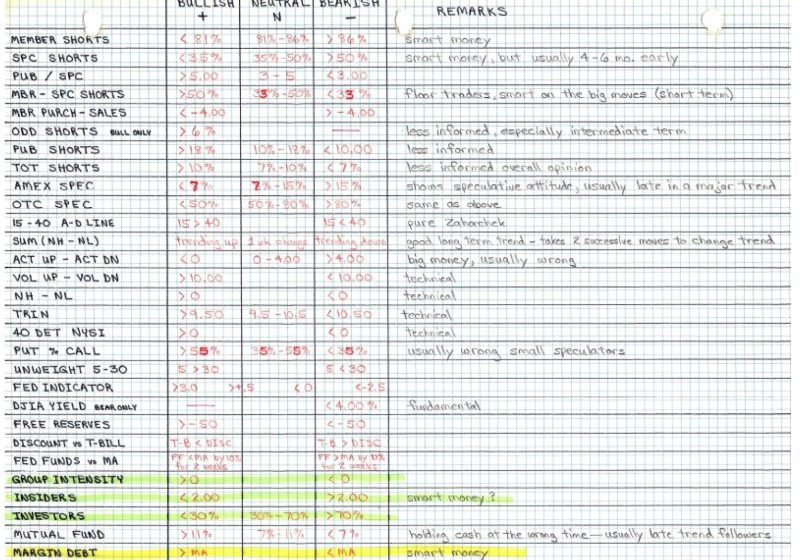
Mastering Market Metrics: A Guide to Rules-Based Money Management – Part 2
In the world of finance, rules-based money management strategies have gained significant traction over the years due to their systematic and disciplined approach to investing. These strategies, which rely on predefined rules and criteria, aim to remove emotional decision-making from the investment process and improve overall performance. In our exploration of rules-based money management, we now delve into the critical aspect of measuring the market to ensure successful implementation of these strategies.
Market measurements play a pivotal role in rules-based money management as they provide valuable insights into the current state of the market, helping investors make informed decisions regarding asset allocation and risk management. Several key metrics and indicators are commonly used to gauge market conditions and trends, guiding the implementation of rules-based strategies.
One fundamental measure of the market is the price-to-earnings (P/E) ratio, which compares a company’s stock price to its earnings per share. A high P/E ratio may indicate that a stock is overvalued, while a low ratio could suggest undervaluation. By monitoring P/E ratios across different sectors and industries, investors can identify potential opportunities or risks in the market.
Another essential metric is the market breadth, which measures the number of advancing stocks versus declining stocks in a market index. A broad market rally with a high number of advancing stocks typically signals a healthy and robust market, while a narrow rally may indicate underlying weakness. Rules-based money management strategies often incorporate market breadth analysis to assess the overall market sentiment and direction.
Volatility, as measured by indicators such as the VIX (CBOE Volatility Index), is also a crucial factor in evaluating market conditions. High volatility levels suggest increased market uncertainty and potential price swings, while low volatility may signify complacency and a lack of market risks. Rules-based strategies frequently adjust their risk exposure based on volatility measurements to adapt to changing market dynamics.
Moving averages, such as the 50-day and 200-day moving averages, are widely used tools for trend analysis in rules-based money management. Crossovers and divergences between different moving averages can signal potential trend changes and help investors determine entry and exit points for their trades.
Incorporating these market measurements and indicators into rules-based money management strategies can enhance decision-making processes and improve the overall effectiveness of investment portfolios. By systematically analyzing market data and trends, investors can better navigate volatile market conditions and capitalize on opportunities while mitigating risks.
In conclusion, measuring the market is a crucial component of rules-based money management, providing investors with valuable insights into market conditions and trends. By utilizing key metrics such as P/E ratios, market breadth, volatility indicators, and moving averages, investors can make informed decisions and enhance the performance of their investment strategies. Adopting a disciplined and systematic approach to market analysis is essential for successful implementation of rules-based money management strategies in today’s dynamic financial landscape.
